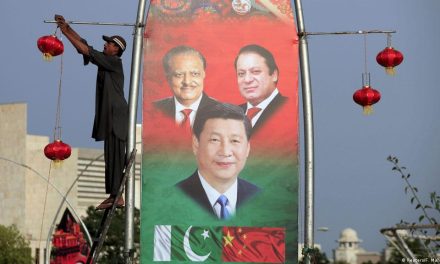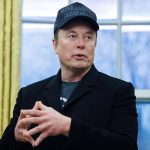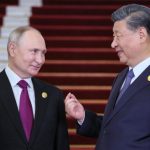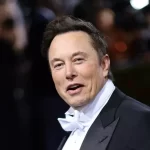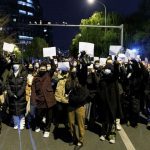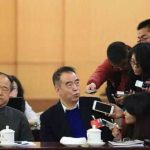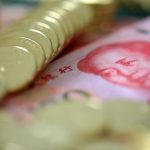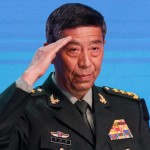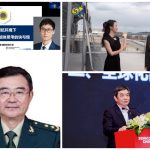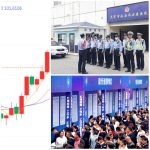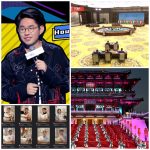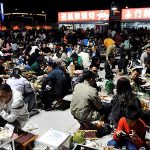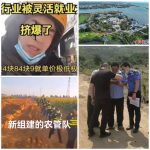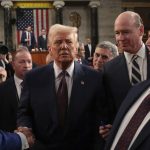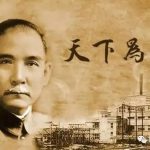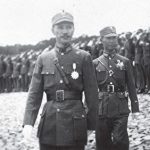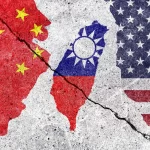By Bradley A. Thayer and Lianchao Han
As the meeting in Anchorage between Secretary of State Antony Blinken, National Security Advisor Jake Sullivan, and their Chinese counterparts—Yang Jiechi and Wang Yi—made clear, the difficulties in the Sino-American relationship are legion. They may be categorized as diplomatic, economic, human rights oriented, military, scientific, technological, and intelligence gathering—and each of these categories is itself multifaceted. To understand why the United States faces so many problems with respect to China we need to grasp that China is now a peer nation, and problems will only get worse.
To comprehend how China became a peer, the causes of the rise of the People’s Republic of China (PRC) need to be identified. A law of international politics is that states balance against the capabilities of other states. Thus, one of the most remarkable facts of the late 20th and early 21st centuries was that the United States did not rise, and China rose without being checked or hindered.
This occurred as a result of Chinese deception. Deng Xiaoping’s strategy of deception successfully fooled American strategists into believing Communist China had changed and was no longer a threat to the United States. Indeed, it seemed a partner with whom the U.S. government and businesses could cooperate for mutual benefit and prosperity.
While Deng’s deception was important, fateful decisions made by the United States made matters even worse. Since President Richard Nixon, U.S. presidents of both parties have worked to integrate China as a full member of the international system, encouraging China’s economic development through market reforms. It began with former National Security Advisor and Secretary of State Henry Kissinger’s strategy to integrate China into the international community in the early 1970s in order to justify the U.S. withdrawal from Vietnam and the abandonment of Taiwan to the PRC as a way to balance the Soviet Union.
Deng believed the United States was behind the 1989 Tiananmen protests to overthrow the Chinese Communist Party (CCP) and regarded us as the number one enemy of the PRC. At the same time, however, he needed the United States. To achieve his ambition he required U.S. capital, technology, and a consumer market for China’s economic growth. He understood that the only claim to legitimacy for the CCP would be its economic performance—its ability to create and sustain wealth for the Chinese people and achieve economic and military power for the PRC. Only “performance legitimacy” could keep the CCP in power, permitting it to grow in order to confront the United States in the future. So he deceived the United States into believing that China would continue reforms and remain our friends.
Deng did not do this alone. On the U.S. side, President George H.W. Bush naïvely believed that he could change Deng’s mind, perhaps based on his long-term relationship with Deng, so he “worked… hard to keep the ‘butchers of Beijing’ as part of the world,” according his biographer Jeffrey Engel. He sent his confidant, National Security Advisor Brent Scowcroft, to Beijing to persuade Deng Xiaoping. Scowcroft wrongly believed that Sino-U.S. tension was only “the clash of cultures” and “determined not to let Tiananmen obliterate the relationship.” This misjudgment may have cost the United States a critical strategic opportunity to transform the Communist regime or compel fundamental changes.
The profound blunder made by U.S. strategists was a failure to see China’s long-term strategic intent, and thus so many among academics, governmental officials, the tech sector, and on Wall Street, welcomed and helped China’s economic growth, which accelerated its rise. From Robert Rubin to Joseph Nye to Robert Zoellick, they were engaged in a bipartisan fantasy world—the equal of anything Jonathan Swift could create—where dreams and fancies were entertained regarding how the United States was going to change China. These whimsies were maintained despite evidence, year after year, that the PRC was gaining more power under the CCP’s rule.
In 2005, Deputy Secretary of State Robert Zoellick delivered his famous “Responsible Stakeholder” speech which is a good example of this thinking and is now, in equal measure, a hideous embarrassment and monument to the hubris of the American foreign policy establishment. This strategic idiocy insisted: “For fifty years, our policy was to fence in the Soviet Union while its own internal contradictions undermined it. For thirty years, our policy has been to draw out the People’s Republic of China. As a result, the China of today is simply not the Soviet Union of the late 1940s.” The PRC was not the USSR, it was said, because it “does not seek to spread radical, anti-American ideologies” and “while not yet democratic, it does not see itself in a twilight conflict against democracy around the globe.” Indeed, “While at times mercantilist, it does not see itself in a death struggle with capitalism. And most importantly, China does not believe that its future depends on overturning the fundamental order of the international system. In fact, quite the reverse: Chinese leaders have decided that their success depends on being networked with the modern world.”
It was on the basis of this thinking that both the George W. Bush and Obama Administrations embraced China’s so-called peaceful rise. Yet, the CCP did not change its behavior, and sustained its rule without reform. The 2008 global financial crisis made the CCP believe it was time to come out of hiding and start to lead the world. When Xi Jinping came to power, their actions in this direction became overt and were touted to Chinese and international audiences.
As a result of the first blunder, the inability to perceive the growth of the threat, a second mistake was made—the lack of strategic clarity regarding the threat. Indeed, the United States is still not sure whether it should treat China as an enemy, a friend, or neither. Instead it uses euphemisms such as strategic rival, competitor, and “biggest geopolitical test” which only obfuscate the strategic truth. There remain many in Washington who believe China is a benign authoritarian regime, too large from which to decouple or confront, and that the United States needs its cooperation to achieve our own goals. In fact, the PRC is the enemy of the United States in word and in deed. That is an eternal verity of international politics confirmed by the realities of today.
The fact that key aspects of the U.S. establishment still do not perceive this remains a failure of our strategists. We need a path to recovery from the two major mistakes the United States has made. That road begins by recruiting new strategists untouched by PRC influence, and educating them regarding the pernicious nature of the CCP and the PRC—their aims and activities in international politics.
Additionally, the United States must ensure that understanding the threat from China is foremost for the institutions responsible for national security—the relevant congressional committees, federal departments, and agencies. For example, the curriculum of professional military education and training must reflect that the PRC is the fundamental threat and this recognition of the threat must hold its rightful place in think tanks and academic centers devoted to strategic education and research.
During the Cold War, no student was able to graduate from the Army’s Command and General Staff College, or the Naval Postgraduate School, or the respective War Colleges without an understanding of the Soviet threat. Indeed, officers would already comprehend the Soviet threat as it was provided by the American educational system, civil society, and government. That focus and intensity must be captured once more, but in more difficult circumstances, as America’s schools, civil society, and government have done nothing to educate Americans about the PRC threat.
If existing federally funded research and development centers (FFRDCs), centers of professional military education, and think tanks are unable to adapt sufficiently or rapidly enough, then new FFRDCs should be created, war colleges reformed, and think tanks supported to address the threat. Regrettably, the United States cannot depend on its large community of Sinologists as for decades, too many have remained reluctant to identify the threat from the CCP, the nature of the regime, and its objectives.
Lastly, the balance of power between strategists and commerce must change. The United States needs to maximize the influence of strategists over commerce, and commerce needs to be cognizant of the existential peril they face, as well as acknowledge, support, and sustain efforts to arrest the flow of knowledge, investment, manufacturing, and technology into the PRC. The United States did not depend on the Soviet Union for its technology, medicines and medical products, manufacturing, graduate students, and faculty to man its STEM departments because American strategists would not tolerate placing the country in such jeopardy. In the present competition, we find ourselves in such peril. Time passes without an exit strategy from China, without a shield to protect the pillars of U.S. strength, and without a serious effort to forge a sword to wield against the CCP.
Reviewing the singularly disastrous performance of his 1962 New York Mets (40 wins, 120 losses), Manager Casey Stengel asked: “Can’t anybody here play this game?” Stengel’s question needs to be directed—with similar woe and exasperation—at the U.S. national security community. The United States needs new strategists and strategies for confronting China, and it needs them now.
This article first appeared in American Greatness on March 25, 2021


